IoT Device Management: Here's All You Need To Know [Guide]
If you're looking to streamline your IoT device management strategy, there are many variables to consider. Here's a full guide on it.
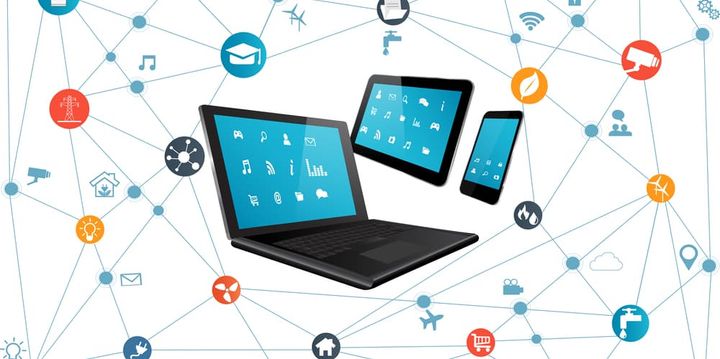
IoT device management is a practice that involves a variety of processes to provision, authenticate, configure, maintain, and monitor key devices within an IoT deployment, giving full visibility and control into the bits of data which make up for larger takeaways.
IoT projects are made up of multiple devices constantly streaming information to a remote system, making device management a crucial practice in keeping everything running smoothly.
» FREE TRIAL: Launch Your IoT Application To Market in Less Than 30 Days with Ubidots Drag-n-Drop IoT Dashboards
Starting out with an IoT project is intimidating:
- You need to understand what your end goal is, and which features your system needs to help you get to that end goal while satisfying users.
- Based on those requirements, you need to find the right combination of technology, devices, and networking capabilities to bring it all together.
- Devices need to be connected to a central hub (like the Ubidots platform), and you'll need to figure out how to wrangle the bits of data together.
- Finally, you will need to deploy that solution as many times as your plan outlined, making device management a crucial part of the process.
The effort of designing your project in a way that allows you to control and analyze your data effectively is primarily a device management strategy…
What Does IoT "Device Management" Mean?
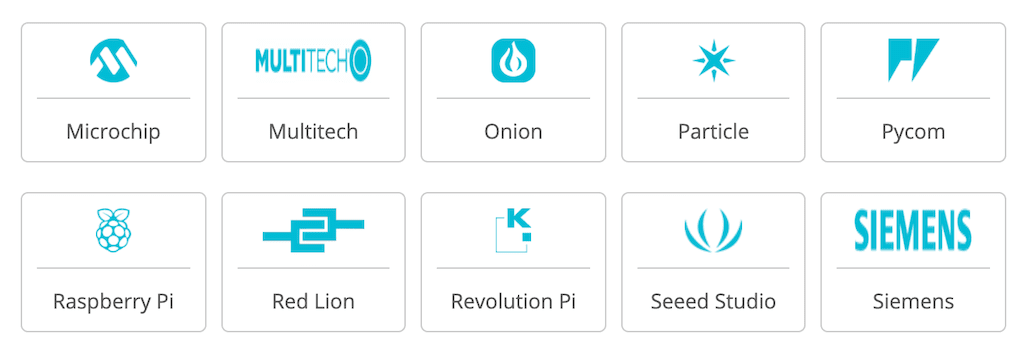
A device is a piece of mechanical/electronic equipment that is meant to serve a specific function. With "management," we refer to handling a variety of these devices, whether from the same manufacturer and same model, or completely different in design and functionality.
In IoT projects, device management is a necessity, not a nice-to-have.
From the get-go, you will need to outline which devices will fit what purpose and how they're going to connect to other devices or hubs in an effort to create a complete use case for your business/organization.
How To Effectively Manage Multiple IoT Devices
Management is a variable that is unique to your organization, however the basics of IoT device management remain the same, and they can be broken down into:
- Provisioning and authentication
- Configuring devices to send and receive data
- Maintaining and controlling each device
- Running diagnostics, analytics & more
- Managing end of life replacements
Most IoT projects will deal with physical devices linked to an IoT ecosystem that bridges the data provided from multiple providers into 1 single dashboard.
To effectively manage multiple devices, their data needs to be shown in these dashboards accurately.
You won't have a chance to manually check each device; you'd run crazy trying to wrangle things together, especially if your goal is to scale a business model.
Step #1 of IoT Device Management: Provisioning & Authentication
Provisioning is the process of setting up the infrastructure around the devices rather than the devices themselves.
A lot of the work here will be ensuring that the platform you use is "ready" to capture data from the devices you've chosen as part of your IoT project plan.
The activity of provisioning, or enrolling new devices into your system, based on a certain infrastructure configuration is quite hefty, and there's plenty of tasks to go through depending on the size of your IoT project.
Platforms like Ubidots streamline that process with well-documented APIs which allow you to use standard communication protocols to send data in.
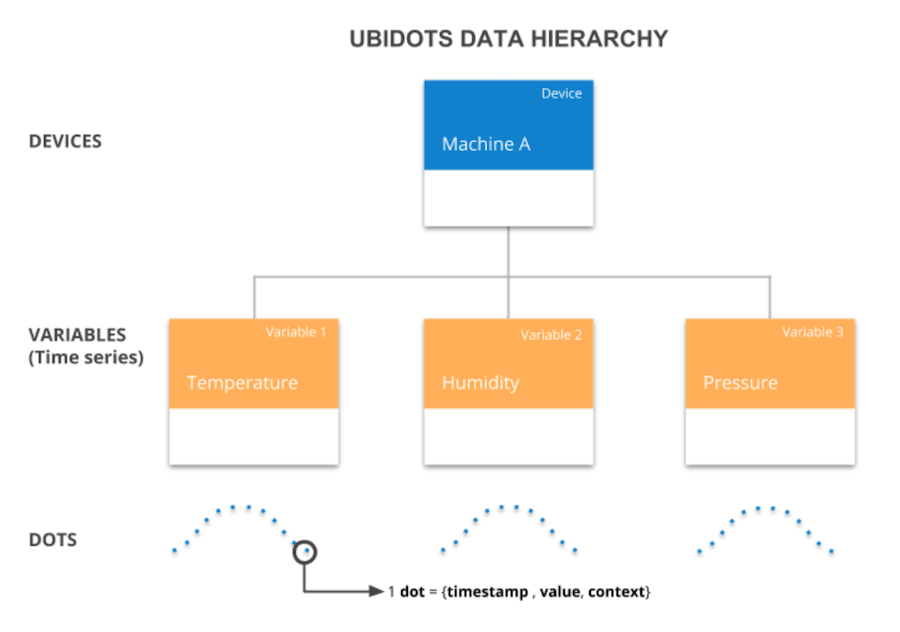
With a custom-made resource planning solution, you have to design the entire database on your own, link every device by going through the manufacturer's documentation, make it serve the data back to you in enriched applications, and help with managing the entire device lifecycle.
Yeah, it's a lot…
That's why most engineers default to an IoT platform.
With that said, it's not impossible to create a fully-custom solution, especially for smaller projects which will scale bit by bit.
The problem is with the cognitive load and technical consciousness that it takes to build something in a way that's both scalable and efficient for the long-term.
Another important aspect at this stage is authentication. With IoT projects facing significant security challenges, the last thing you want is for someone to be able to access your entire network because of a poorly-integrated device.
Authentication is key in this process.
Step #2 of IoT Device Management: Configuring Multiple Devices
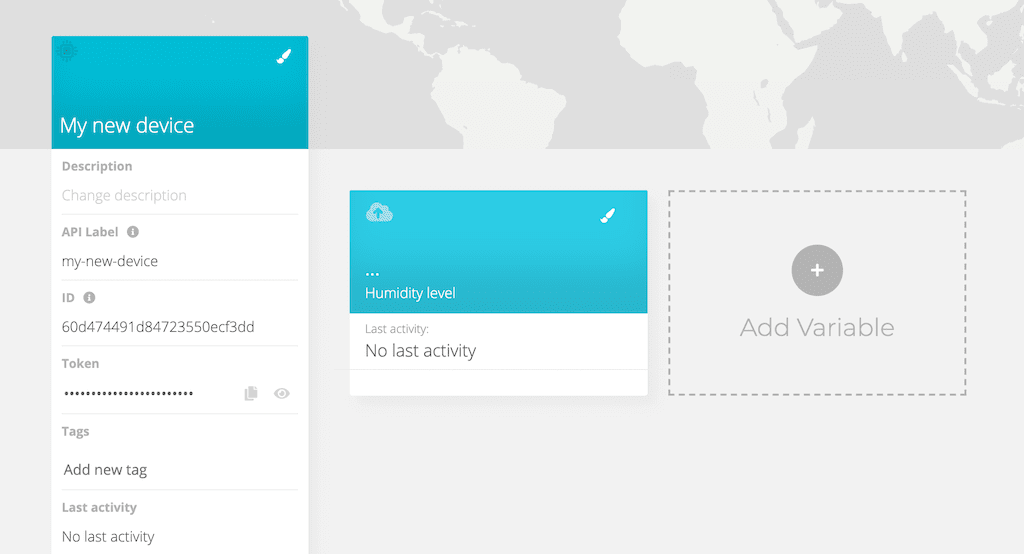
Once you have your IoT platform implemented and set up to receive data from the various devices you want to use, it's time to configure the devices themselves.
For this, there are a billion different ways to do it and they all depend on which devices you are using. You can reference the Ubidots IoT devices community for a deep dive into each of them.
Step #3 of IoT Device Management: Data Operations & Maintenance
The "obviously" cool part about device management is actually running the devices. Funnily enough though, it's by far the simplest of all tasks.
A good provisioning strategy followed by reliable device configuration is what matters most; running things is a matter of optimizing.
With the data you collect in the early stages of your device management strategy, you'll want to tweak some of the configurations you've made to ensure an optimal experience. No project is perfect from the get-go so it's key to have some operational data to make those changes.
Step #4 of IoT Device Management: Diagnostics & Analytics
Some diagnostics work is necessary to keep everything operational. You'll have to establish internal processes that dictate how often a device is checked and what types of problems it incurred in so that they can be prevented in the future.
Explained below, diagnostics can also be used for End of Life (EOL) management as well as predictive maintenance.
Don't mistake it for "boring" work, it makes everything more robust and, as a result, it increases the value of your IoT solution significantly.
Step #5 of IoT Device Management: End of Life (EOL)
Every device has a shelf life that the manufacturer sets, with no exception. Understanding EOL requirements is key to the success of your IoT project and should be included in your plan.
Fortunately, IoT devices are becoming smart enough to notify you when they're about to reach their EOL, but from the moment you deploy a device in your network, you should be aware of what its shelf life is, and how long you can expect to use that device effectively before it dies.
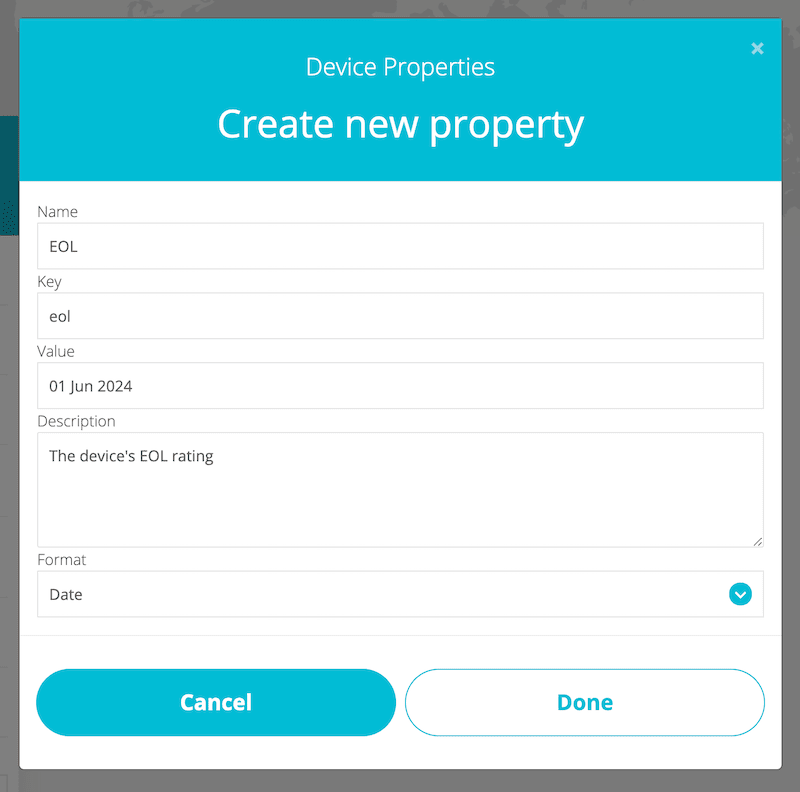
In terms of device management, you want to approach the EOL issue with a preventative mindset rather than a reactionary one.
If you replace your device days after it fails, your data will be skewed and may be unusable for that period of time if the device is kept off too long.
Here, a good old spreadsheet can definitely help.
Track each device's EOL in its own field and use a formula to track how much time is left until it's expected to fail.
In terms of device management, you want to approach the EOL issue with a preventative mindset rather than a reactionary one.
As time goes by, you'll want to run diagnostics on those devices to see whether they are still performing as well as they did in the past.
If they don't, it's time to replace them.
The steps above give a complete view of IoT device management without going into deeper details that may not be relevant to your specific application.
Why Go Through the Effort of Device Management?
Managing IoT devices isn't a set-and-forget process; it takes intentional action to make them do things that are valuable. And once a certain use case is set up, there's always more to think about, whether it be for security, process improvement, or overall device management.
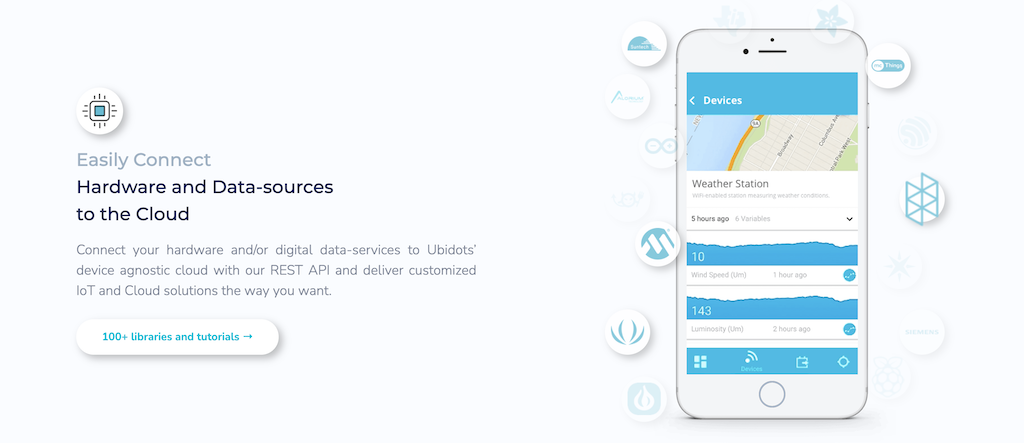
Going through the effort of putting your devices together into a single place like Ubidots is an investment for the long-term as it will unlock the possibility to scale your applications effectively. It's one thing to manage 2-3 devices at once, it's another to manage 100s of them at once.
That's why we say that device management is an essential part of any IoT project worth considering as a potential business solution or organizational effort.
You won't be able to achieve much in a production-grade environment with just a few devices to pull data from.
» FREE TRIAL: Launch Your IoT Application To Market in Less Than 30 Days with Ubidots Drag-n-Drop IoT Dashboards
Originally published Jun 24 2021
Frequently Asked Questions
What is the main reason for IoT device management?
When you're dealing with dozens of devices that all need to send data back to a single dashboard, you can't possibly manage all that information going through logs one by one. Device management is a practice that allows to effectively use data sourced from IoT devices without the tedious work of having to check back manually for each individual device.
What are examples of IoT devices?
Anything can be an IoT device: a fridge, a door, a field sensor, literally anything that you can stick a microcontroller into. When we're talking about popular IoT devices, you can think of small but flexible hardware such as the Arduino, Raspberry Pi, Particle Photon, Adafruit Flora, and ESP8266 System-On-a-Chip (SOC). These are some of the most used for DIY enthusiasts.
How do you organize IoT device data?
Organizing device data is a matter of properly configuring devices via their networking capabilities to a dashboard of your choice. Depending on the platform you choose, this process may require more or less technical knowledge (APIs, programming knowledge, some hardware skills, etc). Once the data is pulled into the dashboard, you can derive various use cases from it.

